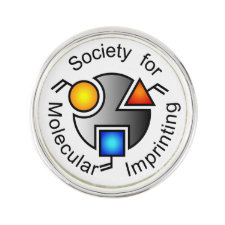
Authors: Guc M, Schroeder G
Article Title: The Molecularly Imprinted Polymers. Influence of Monomers on The Properties of Polymers - A Review.
Publication date: 2017
Journal: World Journal of Research and Review
Volume: 5
Issue: (6)
Page numbers: 36-47.
Alternative URL: https://www.wjrr.org/download_data/WJRR0506008.pdf
Abstract: The synthesis of MIPs for two types of templates (herbicides, and flavonoids) and their application in analytical chemistry are discussed. Particular attention has been paid the issue of bonding the template and selection of appropriate monomer in different types of compounds. This short review aims at presenting the molecular imprinting technology (MIT) which is considered as an attractive method to produce impressive receptors for application in analytical chemistry. The challenge of designing and synthesizing a molecularly imprinted polymer (MIP) can be a daunting prospect to the uninitiated practitioner, simply because of the number of experimental variables involved, e.g. the nature and levels of template, functional monomers, cross-linkers, solvents, initiators and even the method of initiation and the duration of polymerization. Indubitably, the most important place of the polymer is its "heart" or the cavity corresponding to the template and the way
Template and target information: Review - MIPs influence of monomers
Author keywords: molecularly imprinted polymer, adsorption capacity, functional monomers, herbicides, flavonoids



Join the Society for Molecular Imprinting

New items RSS feed
Sign-up for e-mail updates:
Choose between receiving an occasional newsletter or more frequent e-mail alerts.
Click here to go to the sign-up page.
Is your name elemental or peptidic? Enter your name and find out by clicking either of the buttons below!
Other products you may like:
 MIPdatabase
MIPdatabase









